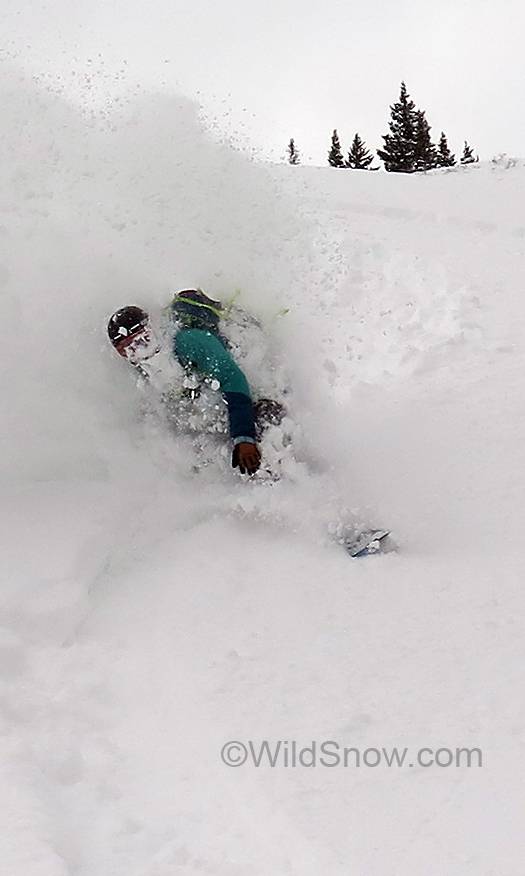Yesterday, West Elk Mountains, Colorado. Jonathan Cooper testing his Santa beard and hardboot setup using Dynafit TLT 6ers.

Is it Coop or is it Santa? In any case, Merry Christmas from WildSnow dot com, may your days be many cold faces.
WildSnow.com publisher emeritus and founder Lou (Louis Dawson) has a 50+ years career in climbing, backcountry skiing and ski mountaineering. He was the first person in history to ski down all 54 Colorado 14,000-foot peaks, has authored numerous books about about backcountry skiing, and has skied from the summit of Denali in Alaska, North America’s highest mountain.
